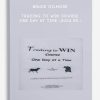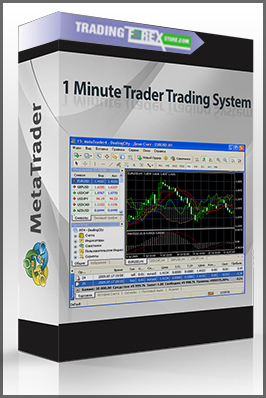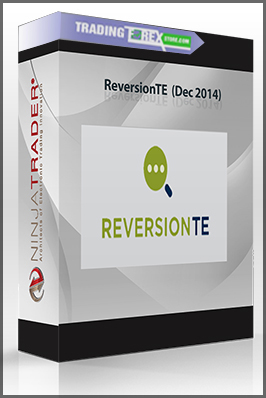Bruce Gilmore – Trading to Win Course. One Day at Time (2004 ed.)
$15.00
Product Include:
File size:
- Description
Description
Bruce Gilmore – Trading to Win Course. One Day at Time (2004 ed.)
**More information:
Get Bruce Gilmore – Trading to Win Course. One Day at Time (2004 ed.) at bestoftrader.com
Description
Since its publication in 2004, this book has become acclaimed for its approach to trading the S&P 500 futures intraday. The book is now sold in e-Book format, which you can find at Bryce Gilmore’s Web site.
The book is currently priced at his Web site for $200 AUD (Australian dollars), which at today’s (July 21st) exchange rate is the equivalent of $183 USD. The book is in absolutely perfect condition because it was stored away for ten years without being disturbed. The only time it was opened was to take a couple of pictures for this listing. Here are some of the topics covered in the book:
– Market Mechanics (how futures markets operate)
– Support, Resistance, and Trend
– Three Bar Swing Charts
– Old Highs and Lows
– The 50% Balance Point Rule
– The 1:1 Overbalancing Rule
– The 2 Day Correction Rule
– Short Term Trend Indicators
– Reversal Bars
– Reversal Patterns
– Continuation Patterns
– General Pattern Tools
– Gaps, Gap Reversal Days, and Average Daily Range
– Open Interest in Futures Markets
– News Events / Reports / Economic Indicators
– Fail Safe Trade Entry and Exit Techniques
– Daily Range Patterns
– Sacred Geometry and the Cardinal Ratios
– Geometric Ratios in Market Corrections
– Bear Market Trends
– Bull Market Trends
– Alternate Waves and Retracement Levels
– The Reverse Cross
– Inside, Outside, and Double Cross Levels
– My X-ABCD Price Geometry Approach
– Past Examples of X-ABCD Reversals
– Oddball Retracement Levels and Targets
– Bread & Butter Trading Setups
– Market Logic
– Daily Check List
– Weekly Check List
– Contract Rollover
– Psychological Aspects of Trading
– My Thoughts on How to Beat the Market
The book is 355 pages in length and has many charting examples. It is in spiral-bound format, as you can tell by the pictures.
Trading Course
So what is trading?
Trade involves the transfer of goods or services from one person or entity to another, often in exchange for money.
Economists refer to a system or network that allows trade as a market.
An early form of trade, barter, saw the direct exchange of goods and services for other goods and services.
Barter involves trading things without the use of money. When either bartering party started to involve precious metals,
these gained symbolic as well as practical importance.[citation needed] Modern traders generally negotiate through a medium of exchange,
such as money. As a result, buying can be separated from selling, or earning. The invention of money (and later of credit,
paper money and non-physical money) greatly simplified and promoted trade.
Trade between two traders is called bilateral trade, while trade involving more than two traders is called multilateral trade.















